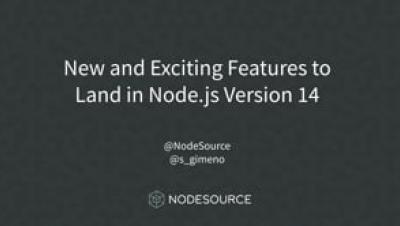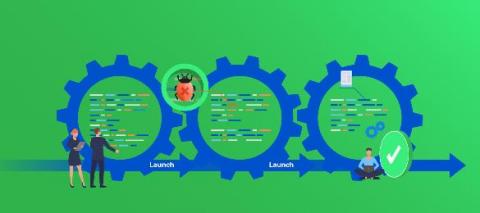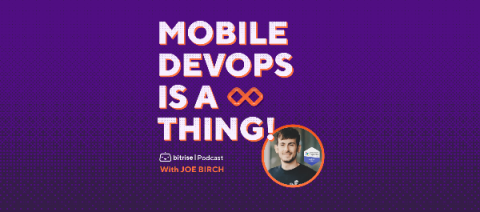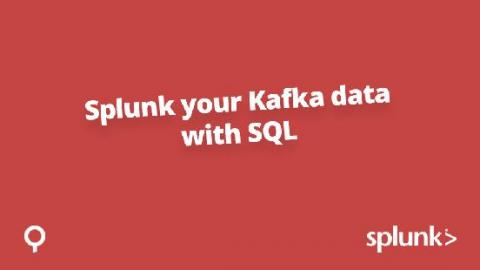Systems | Development | Analytics | API | Testing
%term
KPIs & OKRs: How to Leverage Both to Improve Your Performance
How to accelerate testing with in-sprint automation
In modern development practices like Agile and DevOps, testers work in compressed test execution cycles, and automate regression tests to reduce time, efforts and costs involved in testing. But even so, testing doesn’t advance at the same speed as development. The most common form of test automation is N-1 Sprint automation in which QA teams test one sprint behind development.
Speeding up Rails with Memoization
Whoever first said that "the fastest code is no code" must have really liked memoization. After all, memoization speeds up your application by running less code. In this article, Jonathan Miles introduces us to memoization. We'll learn when to use it, how to implement it in Ruby, and how to avoid common pitfalls. Buckle up!
Remote work and Mobile DevOps with Joe Birch
We’re excited to announce the second episode of our podcast, Mobile DevOps is a thing! This episode focuses on different aspects of remote work, Mobile DevOps, and how to remain productive from home, featuring special guest: Joe Birch.
Splunk your Kafka with SQL
Here at Lenses.io, we’re focused on making data technologies such as Apache Kafka and Kubernetes as accessible to every organization as possible. It’s part of our DataOps vision and company DNA. Lenses is built by developers, for developers. We understand the headaches they live with and the challenges they face seemingly have to learn a new data technology every few months. We believe that’s just not the right model.
Celebrating a decade of data: BigQuery turns 10
Editor’s note: Today we’re hearing from some of the team members involved in building BigQuery over the past decade, and even before. Our thanks go to Jeremy Condit, Dan Delorey, Sudhir Hasbe, Felipe Hoffa, Chad Jennings, Jing Jing Long, Mosha Pasumansky, Tino Tereshko, and William Vambenepe, and Alicia Williams. This month, Google’s cloud data warehouse BigQuery turns 10.
What is Code Profiling? Learn the 3 Types of Code Profilers
At Stackify, we’re all about helping you improve your application’s performance. We have actually developed two code profilers ourselves. Because of that, we like to think we know a thing or two about code profiling. Today I want to talk about the three different types of code profilers, describe the differences between them, and recommend some tools for your toolbox.
Why Support and Professional Services Collaboration is the key to success for Government Projects
While cloud providers and data analytics firms are proliferating across markets and landscapes, what distinguishes one from another? How can you know which one holds the keys to your agency’s digital transformation? The reality is that no matter how slick the advertising, how pervasive the presence across conferences and webcasts, or how high the C-suite’s former government offices … it’s the offerings that matter most.
Implementing distributed model training for deep learning with Cloudera Machine Learning
Many enterprise data science teams are using Cloudera’s machine learning platform for model exploration and training, including the creation of deep learning models using Tensorflow, PyTorch, and more. However, training a deep learning model is often a time-consuming process, thus GPU and distributed model training approaches are employed to accelerate the training speed.










